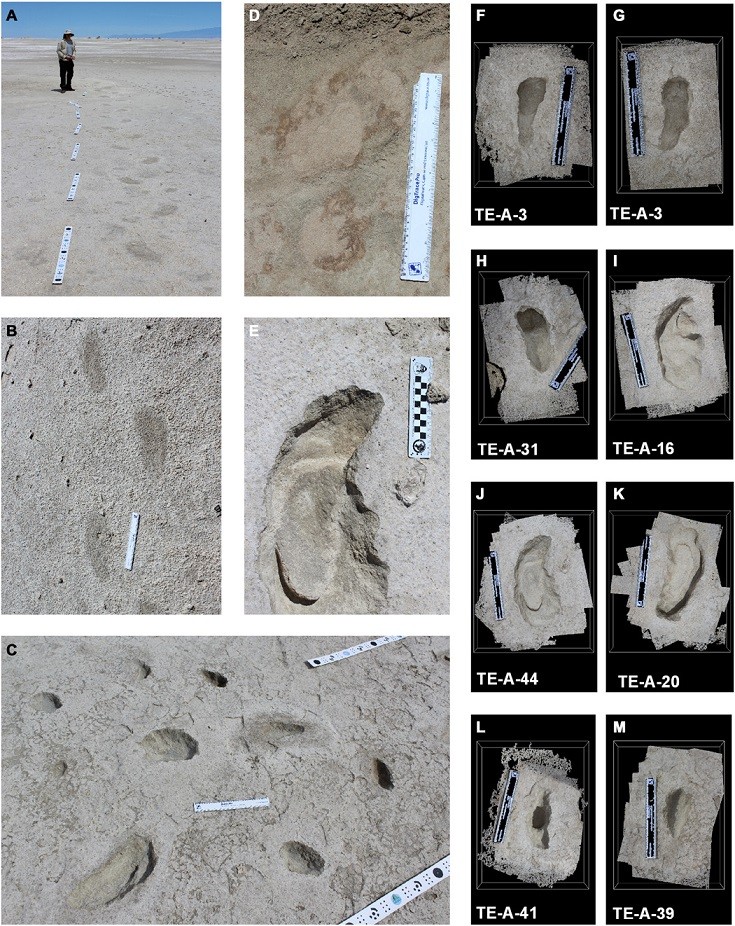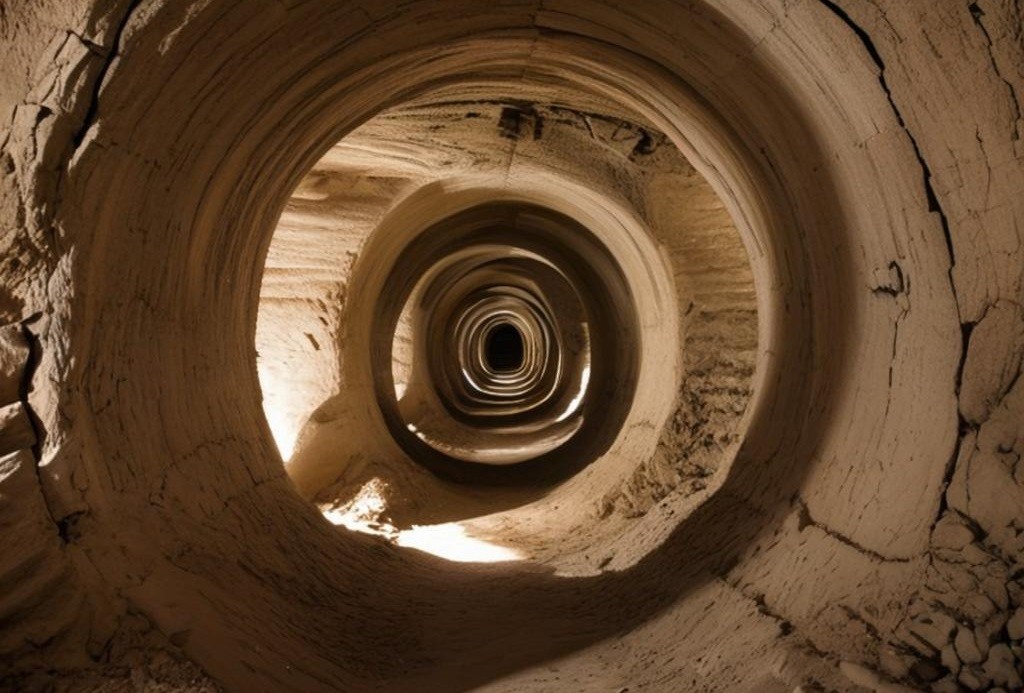Gigantic Ancient Tunnels in Southern Brazil: Not Humans, But Sloths, Claim Archaeologists
Researchers reveal gigantic ancient tunnels in southern Brazil may have been carved by prehistoric sloths, not humans. The tunnels run about 600 meters in length, stand almost two meters tall, and show a branching network with a circular cross-section that resists easy geological explanation. A new theory, published in Science Advances, points to another sculptor: giant ground sloths that lived millions of years ago may have carved them. Claw marks along the tunnel walls are cited as key evidence.

In This Article:
Location, Size, and Shape: The Tunnels in Rio Grande do Sul
The tunnels were found in the southern Brazilian state of Rio Grande do Sul. Each tunnel runs about 600 meters in length and stands roughly two meters tall. They form branching passages with a rounded cross-section. Geologists say no known geological process explains such long, branching tunnels with circular cross-sections, and these features are not typical of natural caves.

The Sloth Builder Hypothesis
The sloth-builder hypothesis centers on giant ground sloths called megatheriids that lived millions of years ago. Professor Heinrich Theodor Frank argues that the claws left on the tunnel walls point to these large animals as the constructors. Megatherians could reach elephant-like sizes and had powerful claws capable of digging and creating dens for their offspring. Some researchers propose that different generations of sloths used the same tunnels over time.

Evidence of Human Presence Near Sloth Tracks
The study also notes traces of human footprints near the sloth tracks, suggesting possible pursuit by people. This hints at interactions between humans and megafauna during the Pleistocene epoch. The article does not claim that humans built the tunnels; instead, it points to occasional contact or hunting.

Why This Changes Our View of the Ancient World
If confirmed, the discovery would rewrite our understanding of the relationships between humans and the megafauna of the era. It underscores how little we know about the ancient world and its inhabitants. Published in Science Advances, the findings will spur further research into South America’s megafauna and the landscapes they inhabited.

